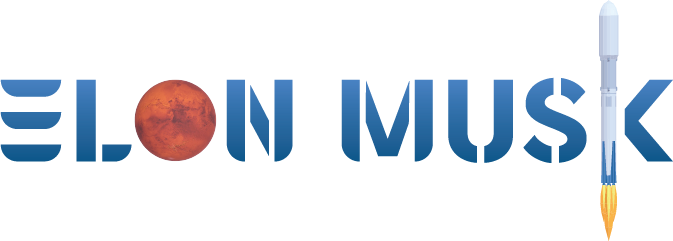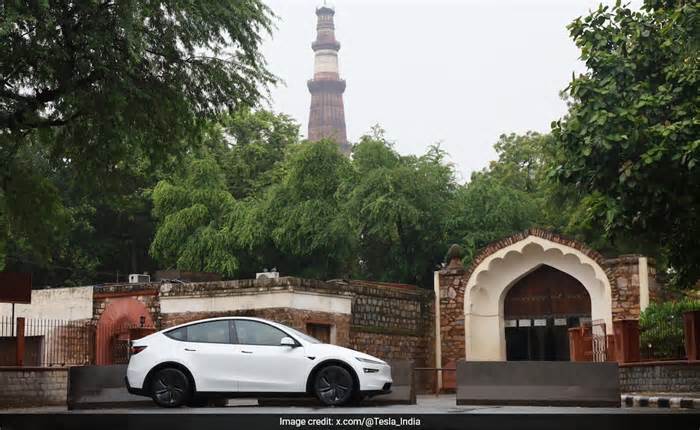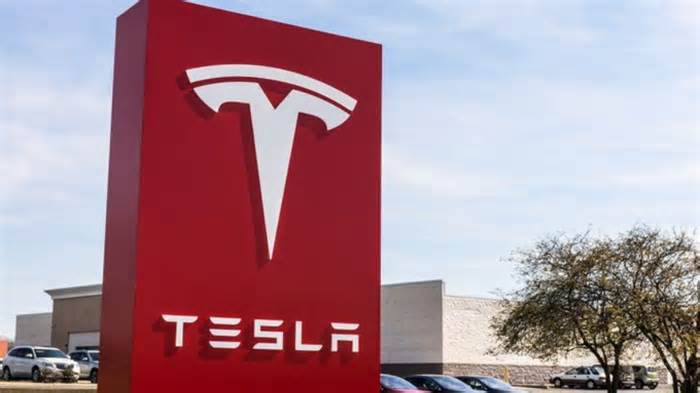
Artificial Intelligence: Big Tech’s Big Threat to Our Water and Climate
- by Food & Water Watch
- Apr 09, 2025
- 0 Comments
- 0 Likes Flag 0 Of 5

Check out our so and methodology in our fact sheet, “A No Brainer: How AI’s Energy and Water Footprints Threaten Climate Progress.”
Worse, the Trump administration plans to expand AI and its environmental impact. On day two in office, Trump announced a $500 billion AI initiative and promised to use his executive powers to hasten AI development. Moreover, Trump’s Environmental Protection Agency has committed to boosting AI expansion.
Meanwhile, Big Tech leaders, including Elon Musk, are lining up to profit from the AI boom. And oil and gas giants are jumping at the opportunity to supply the power while expanding fossil fuel infrastructure.
Without change, AI will guzzle more water from water-stressed areas and raise utility bills as companies build more infrastructure to meet demand. The technology will become just another tool for wealthy CEOs to destroy our planet for profit.
AI Guzzles Water in Water-Stressed Areas
At a time of climate-fueled droughts and skyrocketing water bills, more and more people in the U.S. are struggling to access clean water. AI expansion promises to worsen this problem.
AI and its data centers require freshwater to cool servers and produce the electricity that powers them. In 2022, Google, Microsoft, and Meta used an estimated 580 billion gallons of water to provide power and cooling to data centers and AI servers. That’s enough water to meet the annual needs of 15 million households.
If U.S. AI expansion follows projected growth, it could consume as much water as 18.5 million households annually just to cool servers. That water footprint will rise even higher if AI is powered by fossil fuels — which is often the case for data centers — as fossil fuel generation is much more water-intensive than renewables.
Notably, data centers and AI must use clean, treated water and don’t return much of it back to the water source it’s drawn from. For example, Google-owned data centers only discharge 20% of the water withdrawn to wastewater treatment plants. The other 80% is lost to evaporation.
This use will (and has already) stress local water supplies, depleting the water that residents and farmers need.
In Arizona, for example, data centers withdraw massive amounts of water in areas where farmers fallowed fields and families went without tap water for most of 2023.
Meanwhile, in Oregon, Google’s data centers make up 25% of water use in The Dalles, a dry area that is usually off-limits to new industrial water users. The Dalles facility has increased its water use nearly threefold between 2017 and 2022, and Google has plans to open two more data centers nearby.
AI Will Double Down on Fossil Fuels
Along with its water footprint, the computing power required for generative AI (which creates new images, videos, audio, or text by analyzing vast amounts of data) is incredibly energy-intensive.
Simple ChatGPT searches use nearly 10 times the electricity as a Google search. Creating images is thousands of times more energy-intensive than text searches and can use as much electricity as it takes to charge your phone per image created.
As of 2024, ChatGPT uses over 500,000 kilowatts of electricity every day, as much as used by 180,000 U.S. households. Electricity consumed by AI servers could rise 150-fold in a single decade, to 300 TWh in 2028. That’s enough electricity to power over 28 million households for a year.
While tech companies assure us that this expansion will run on renewables, this has yet to materialize. Big Oil and Gas companies are looking to hop on the AI boom to boost profits. Chevron, for example, recently announced a partnership to build gas power plants for new AI data centers.
By one estimate, from now to 2030, renewables will cover only 40% of new electricity demand from data centers. Expanding fossil fuel infrastructure for AI is unthinkable at this stage in the climate crisis.
Confirming our worst fears, some local leaders are working to keep dirty power plants running to power AI and data centers. In Salt Lake City, UT, lawmakers and utility executives cut investments in renewables while extending the lives of dying coal plants to power new data centers.
Learn more about how AI is driving dirty energy in our fact sheet, “A No Brainer: How AI’s Energy and Water Footprints Threaten Climate Progress.”
Please first to comment
Related Post
Stay Connected
Tweets by elonmuskTo get the latest tweets please make sure you are logged in on X on this browser.
Sponsored
Popular Post
Sam Altman's OpenAI Takes On Elon Musk's Grok in AI Chess Tournament Final - Who Won?
28 ViewsAug 09 ,2025






 Energy
Energy

















